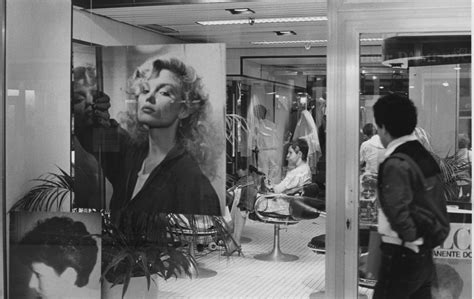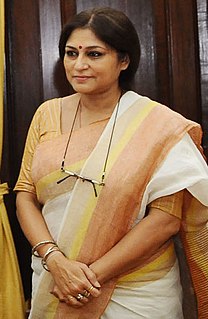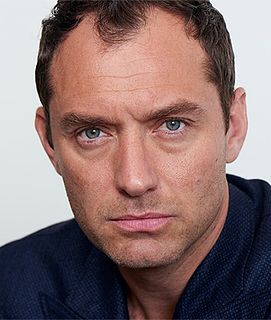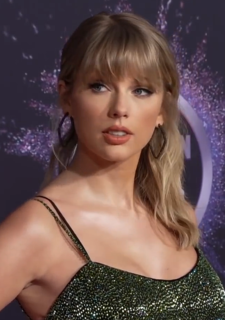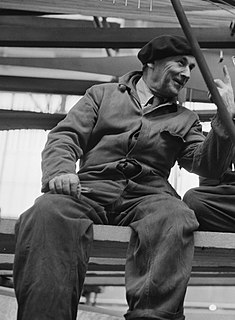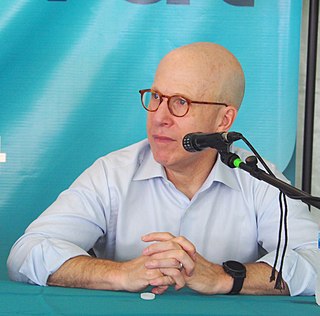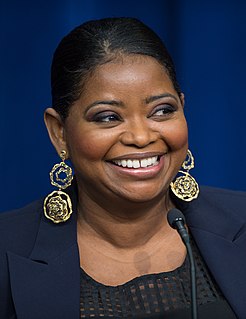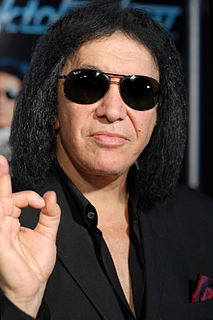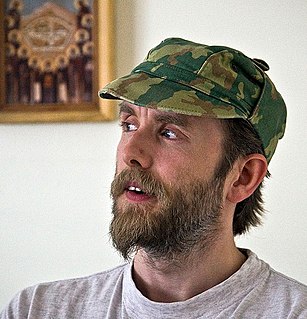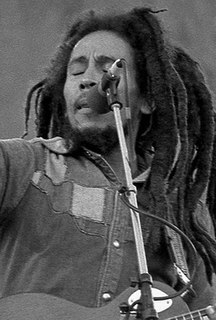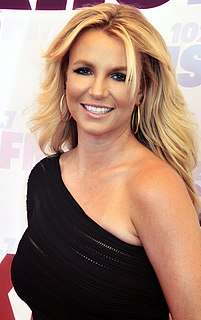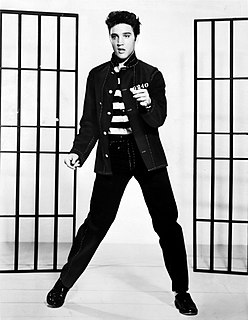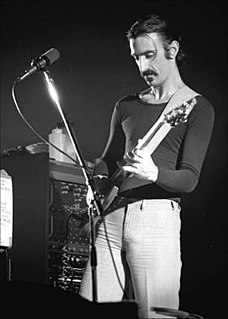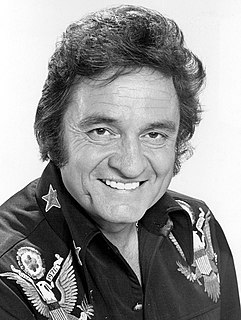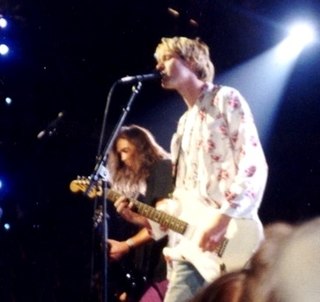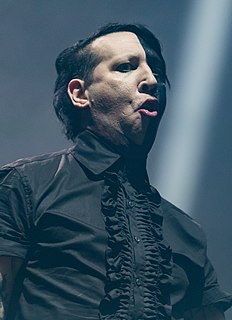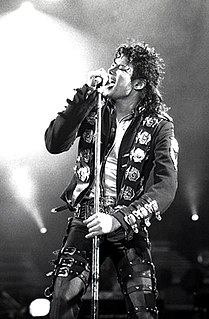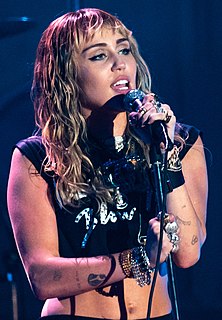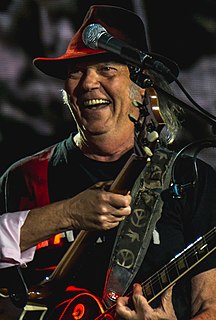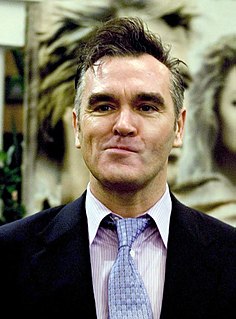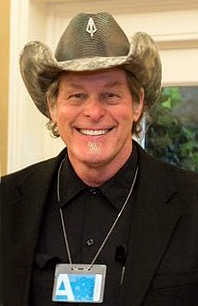A Quote by Seungri
I wanted to emphasize the fact that I'd matured. I wanted to break away from the image of being the youngest member of Big Bang, as well as the image I gave off on variety shows.
Related Quotes
What interested me in film was the image-making aspect of it. So, I went to school in cinematography. I was really convinced that image was what I wanted to do, and I think it came from the fact that I lived in a small town my whole life, but my mother was very interested in painting, so she would bring us to Paris for two weeks. So, we're going to the Louvre and to the museums and to see shows. In the evening we were seeing theater. Painting is basically what led me. I think the image was key.
Men, also, have in them enormous capacities that they have to repress and fear in themselves, living up to this obsolete and brutal man-eating, bear-killing, Ernest Hemingway, crewcut Prussian sadistic, napalm all the children in Vietnam, bang-bang you're dead, image of masculinity, the image of all powerful masculine superiority that is absolute.
There are a variety of reasons. Not all Western leaders are equal. We have to make a certain separation from naïve Americans and Europeans. These are two different categories. For the Europeans, it affects the image of the "New Europe." The false image of Europe is that it is peaceful, separate from the past. Now the image of the New Europe is a radically false image.
In the 1920s, everyone wanted to be a celebrity. Everyone wanted to be like Babe Ruth or Charles Lindbergh. ... Businessmen, in particular, in the '20s really believed that to be a success, an entrepreneur needed to have a personality, a sense that you were a success. That's why I think Capone dressed the way he did. And that's why he entertained the press — because he wanted to be perceived as a successful American. Dale Carnegie ... would later cite Capone as a model for creating the public image. Obviously, it went bad in many ways for Capone, but that's the image he was going for.

